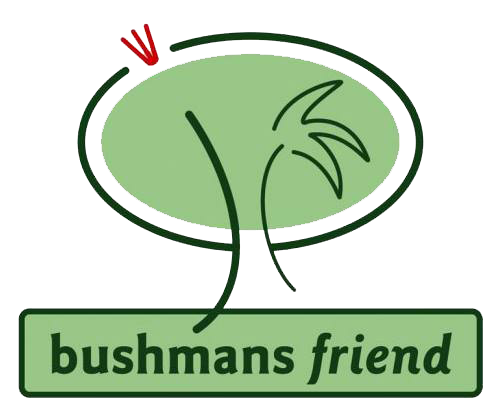Pseudopanax
P.lessonii
This plant naturally grows as far south as Poverty Bay in Coastal forest and scrub. It forms a very attractive, glossy leaved shrub about 5-6 metres high. It grows well in coastal sites, but is a little tender to frost. It makes a useful speciman for planting in a planter on a terrace or balcony.
P. arboreus
Puahou five finger
This is one of New Zealands most common Native trees found from Cape Reinga to Bluff in Lowland forests. Its particular form of a glossy, five or seven fingered leaf along with quick and luxuriant growth gives a distinctly New Zealand character to any Ornamental garden. It grows into a stout tree up to 8 metres high and grows well in most soils and situations.
Pseudopanax crassifolius
horoeka
One of the most interesting trees of the New Zealand flora. It has a distinct juvenile and adult form and as such was once classified as distinct species. It is a very popular ornamental tree overseas. The juvenile form is particularly striking with its cluster of leaves hanging at 45 degrees from the trunk . After about 15 years the plant begins to assume its adult form. It will produce a number of branches and the leaves become broader so a 6 metre crowned tree is formed. It grows well in most situations and is particularly useful as a feature plant in any ornamental area of your property.
Pseudopanax gilleseii
An attractive palnt confined to Whangaroa and Little barrier Island. Grows to 4m.
There is some variance between species as to the requirements necessary for germination. Pseudopanax ferox and P. arboreus germinate rapidly after a period of low temperature stratification, although the final % germination was unaffected by stratification. P. gilliseii germinated strongly 4 weeks from sowing in a glasshouse. In the wild I have seen thousands of seedlings growing beneath a P. crassifolium tree in June only a month or so after shedding of seed would have occurred. No seedlings were evident on the ground in the previous January although the tree was heavy with seed.I have sown P. lessonii in June and had strong germination by August.
In all cases it pays to seperate the fruit from the seeds as this is thought to be an inhibitor of germination in some species. It is a good practise to do this for most seeds. The inhibition of germination by the fruit and flesh is interpreted as a mechanism for delaying germination in the wild, with birds removing this source of inhibition and enhancing germination. The delay of germination will stimulate germination over a length of time there by subjecting the seedlings to different environmental factors.
If you wish to learn more about native plants I suggest one of these natural history books from fishpond

